Spring white flower: description, planting and care rules
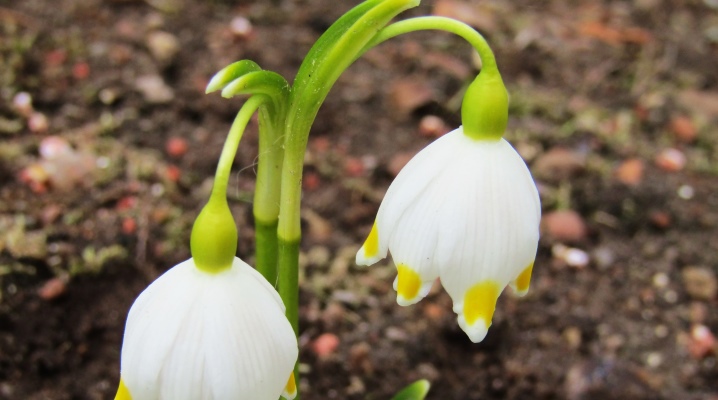
Spring white flower is a herb that belongs to the Amaryllidaceae family and the White flower genus. In the wild, this bulbous perennial is found along the edges of forests in Central and Southern Europe. As a floricultural culture, the spring white flower is especially popular in England, Denmark, Holland and is even a symbol of the German city of Ettenstatt. It is of great value as an ornamental plant in group plantings, rock gardens, rockeries, its flowers can retain their beauty for a long time when cut.
In addition, the white flower contains the alkaloid galantamine, which is used to treat diseases of the nervous system.
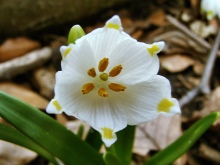
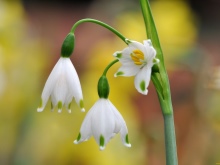
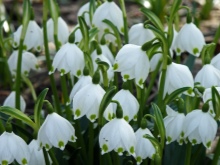
Description of the plant
Spring white flower is a hemiephemeroid, that is, it has a very short growing season. It has a perennial ovoid bulb up to 2.5 cm in diameter and about 3.5 cm in height, which is characterized by the presence of light brown outer scales. The roots of the plant are quite powerful and partially die off. The leaves of the spring white flower are basal, linear, bright green with shine, have a length of up to 15 cm and a width of 1.5 cm. They appear with flowers, and, after flowering, they increase in length up to 30 cm and die off in mid-summer.
These low (up to 20 cm) herbaceous plants for open ground bloom in late April - early May. White flowers with a pleasant smell are located on long pedicels. The perianth is broadly bell-shaped, with 6 identical sepals, at the apices of which are yellow or green spots. The fruit is a three-celled fleshy, almost spherical capsule. In mid-June, numerous rounded black seeds ripen in it.
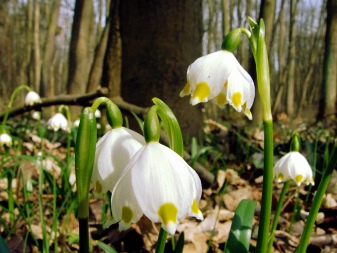
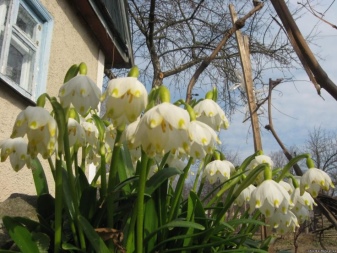
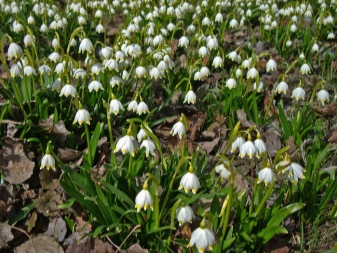
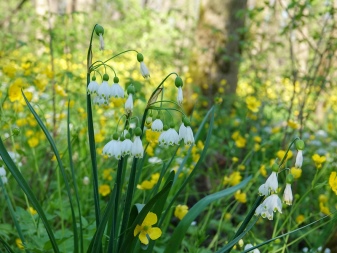
Landing
Spring white flower prefers partial shade. The soil should be loose, slightly acidic, nutritious and well-drained. There should be no overgrowing flowers with a strong root system, such as daylilies or lilies of the valley. Before planting, the site must be dug up, cleaned of weeds and added humus, coarse sand to the ground, and limestone and peat into the acidic soil.
The purchased bulbs are planted in September to a depth of 7-10 cm. They must be dense, elastic, not have sprouts, damage, mold. If the bulbs are sprouted, then they should be planted as soon as possible.
After planting, the soil should be watered and mulched to prevent weed growth and crust formation.
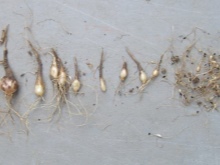
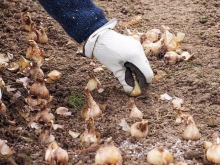
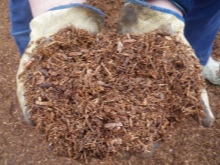
Care rules
In order for the spring white flower to feel great in the garden, you should carefully read the recommendations of experienced florists.
- Watering... In early spring, after the snow melts, the white flower does not need watering. As the soil dries up, it must be watered with lukewarm, settled water, loosened the earth and weeds. It is important to ensure that no drops fall on the flowers. With insufficient watering, the inflorescences will be small and few in number. Once the seeds have been collected, there is no need to water the plant.
- Top dressing. It is recommended to apply ready-made liquid mineral fertilizers with a low nitrogen content so that there is no excessive leaf growth. Phosphorus fertilization is necessary for the plant before flowering. In the fall, choose potash fertilizers.
- Preparing for winter. Spring white flower belongs to winter-hardy plants. He does not need special shelter during the winter.But if, according to the forecast, a snowless cold winter is expected, then in the second half of November the plants should be covered with spruce branches. White flower growing in southern climates does not need to be covered. You should also know that plants of the first year of life definitely need protection from frost.
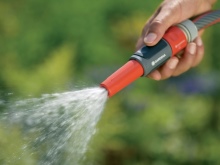
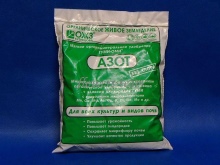

Reproduction methods
There are several breeding options for the spring white flower.
- Dividing the bulbs... It is carried out every 5-7 years so that the plant does not suffer from a lack of nutrition as a result of adherent bulbs. After the leaves have wilted, the bulbs must be carefully removed from the ground, divided, dried and cleaned of old roots and damaged scales. Mechanical damage should be covered with coal powder. Then the children are planted in the ground in the above-described way at a distance of 15-20 cm from each other. It should be noted that the closer the bulb is planted to the surface, the more children it forms.
- Using seeds... Seed material must be planted in the fall, immediately after harvest, as it quickly loses its germination capacity. In addition, natural stratification of seeds occurs in the soil in winter, and they sprout in spring more massively and quickly. White flowers grown from seeds bloom in 5-7 years.
It should be noted that this plant can actively reproduce by self-sowing, therefore, care must be taken that the seeds do not grow in unnecessary places.
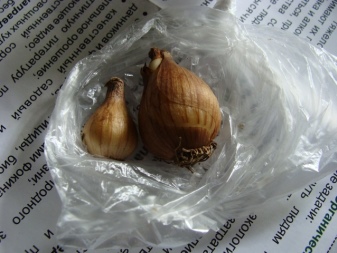
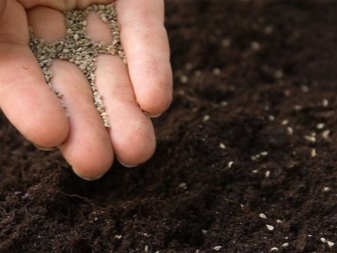
Diseases and pests
Like many primroses, spring white flower can be exposed to viral and fungal diseases... The virus is indicated by light yellow spots on the leaves and a curling leaf plate, such a plant should be immediately burned, otherwise other white flowers will become infected from it. From fungal diseases in warm, humid weather, plants can be affected rust and gray mold... In the first case, the leaves are covered with brown or black spots, in the second - with a grayish fluffy bloom on the stem near the soil, which rises higher and higher.
If these signs are present, it is necessary to cut out the diseased parts of the plant and burn, and treat the soil where they grew and all neighboring flowers with any fungicide.
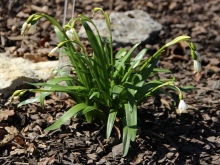

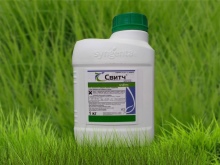
Of the pests for spring white flowers is dangerous bulbous nematode, which forms its colonies on the leaves, looking like yellowish swellings, and feeds on sap. Such plants are destroyed and for several years they do not plant anything on this site. Protection against slugs is the dusting of the bulbs when planting with a layer of coarse sand. Rodents can also damage the bulbs and even carry them away to their burrows, pest baits should be laid out in advance near white flowers. Caterpillars of butterflies the scoop is easy to collect in the fall, when they are preparing for pupation, or the plants are treated with insecticides to kill them.
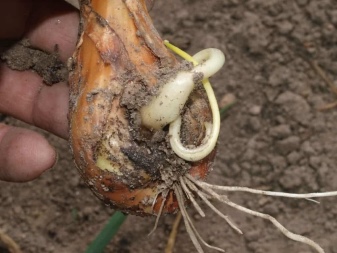
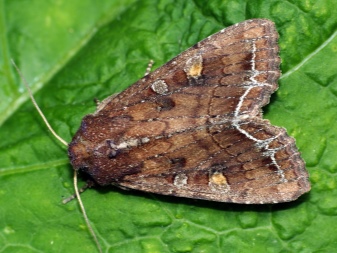
For information on how to properly plant a white flower, see below.







































































































The comment was sent successfully.